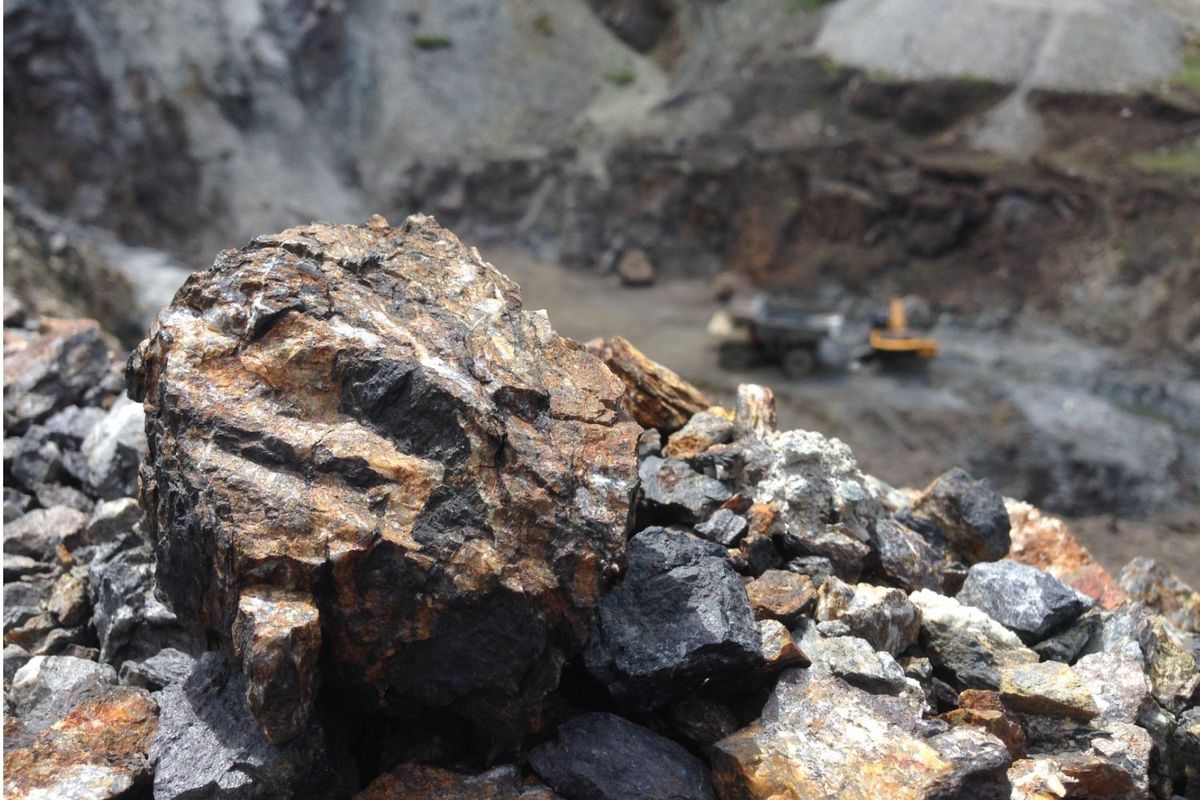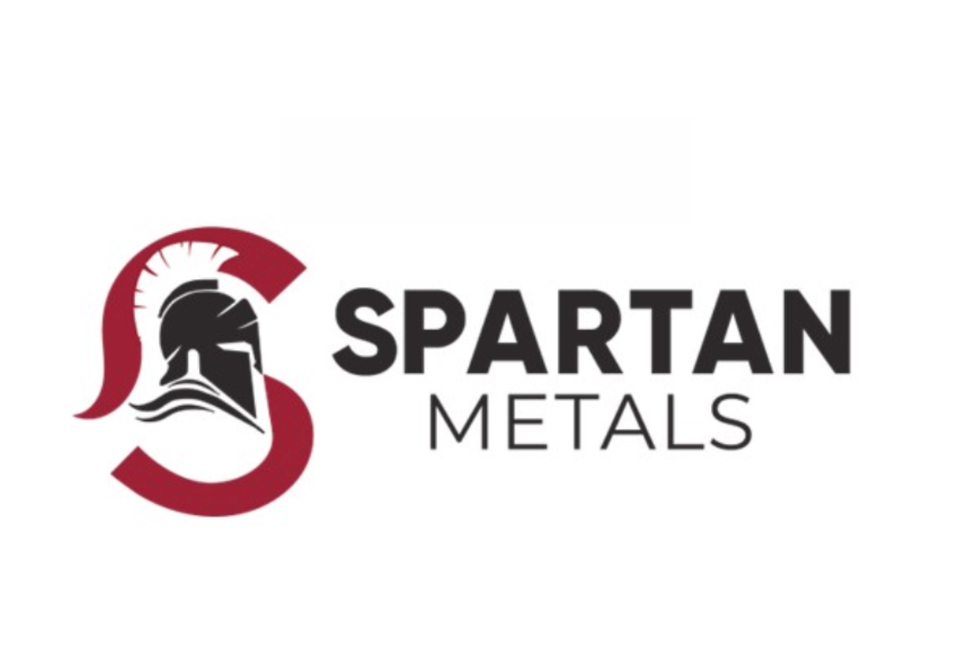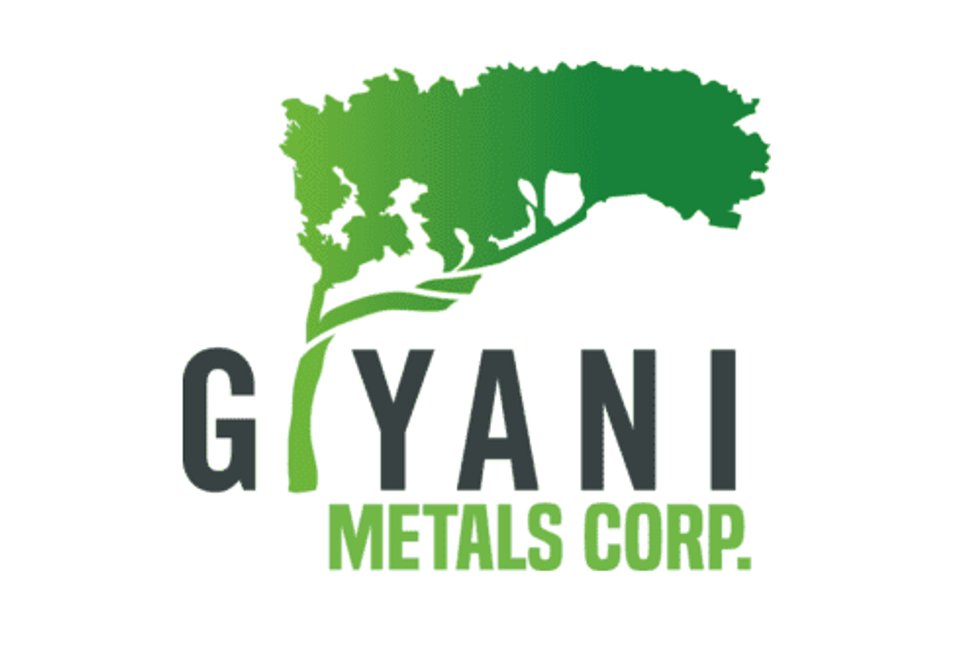Top 5 Manganese Reserves by Country
South Africa and the other countries with the highest manganese reserves could help meet manganese demand from the steel and electric vehicle battery industries.

Manganese, a key ingredient for the steel market, is also seeing growth in demand from the electric vehicle battery sector, particularly when it comes to high-purity manganese chemical products.
Manganese investors are often interested to hear which countries produce the most of the metal. After all, if a nation is producing a lot of manganese, many companies are likely operating there, and investment opportunities may thus be available.
However, what investors sometimes fail to consider is manganese reserves, or how much economically mineable manganese a country holds, and which companies are working to bring those reserves into production.
CRU Group told the Investing News Network that there are numerous manganese mining, processing and refining projects under development outside of China. However, many are a few years off from commercial production.
Here’s an overview of the five countries with the highest manganese reserves. Data for this list of manganese reserves by country comes from the US Geological Survey's 2025 report on manganese.
1. South Africa
Manganese reserves: 560 million metric tons
At 560 million metric tons, South Africa holds the highest manganese reserves in the world by a long shot. The nation is also the world's top producer of the metal, with 2024 output of 7.4 million metric tons.
South32 (ASX:S32,LSE:S32,OTC Pink:SHTLF) is a major presence in the South African manganese space. Its South Africa Manganese operation is located in the manganese-rich Kalahari Basin and consists of the open-pit Mamatwan mine, the underground Wessels mine and the Metalloys manganese alloy smelter.
Another ASX-listed manganese miner, Jupiter Mines (ASX:JMS,OTC Pink:JMXXF) is also operating in the area at its Tshipi Borwa mine, considered the largest manganese mine in country and one of the largest in the world.
2. China
Manganese reserves: 280 million metric tons
The country with the next highest manganese reserves is China at 280 million metric tons of manganese. The Asian nation is also the sixth largest producer of manganese ore, the largest producer of refined manganese and the largest consumer of the metal. Unsurprisingly, China's economy and government regulations have an outsized impact on the global manganese market.
There have been several significant manganese discoveries in China over the last decade. In late 2023, new manganese deposits were discovered in the southeast province of Jiangxi during government-led exploration work, and manganese deposits were discovered in the southwest province of Guizhou in 2017. More recently, in March 2025, Chinese government geologists confirmed an inferred resource estimate of 6.07 million tons of manganese ore in the Maowanli manganese project in the Sichuan province.
Looking further down the value added chain, Australian miner Firebird Metals (ASX:FRB,OTC Pink:FRBMF) has partnered with a subsidiary of China National Chemical Engineering Co. (SHA:601117) to build a high-purity manganese sulphate plant in China, which has entered pilot production. Firebird has an ore supply agreement in place with Eramet (EPA:ERA) for manganese ore to feed the plant, and it could potentially be supplied by Firebird's Oakover manganese project in Australia in the future.
3. Brazil
Manganese reserves: 270 million metric tons
Brazil hosts a total of 270 million metric tons of manganese reserves as of 2024. The country produced 590,000 metric tons of the metal in 2024, making it the seventh-largest manganese-producing country.
Buritirama Mining, a subsidiary of Grupo Buritipar, is Brazil's leading producer of the metal. The company invested US$200 million in 2023 to expand operations at its Para state mine.
Major miner Vale (NYSE:VALE), previously the largest manganese miner in the country, offloaded its Brazilian manganese and iron ore assets to J&F Investimentos in 2022. Going forward, J&F has said it plans to invest more than US$1 billion in increasing the iron ore and manganese output from the mines it purchased from Vale.
4. Australia
Manganese reserves: 110 million metric tons
At 110 million metric tons, Australia holds the fourth highest manganese reserves in the world. The nation is also the world's third largest producer of the metal. In 2024, Australia's manganese output came in at 2.8 million metric tons.
Australia’s largest manganese ore producer is Groote Eylandt, a 60/40 joint venture between South32 and Anglo American (LSE:AAL,OTCQX:AAUKF), in the nation's Northern Territory. In mid-March 2024, operations at Groote Eylandt were negatively impacted by Tropical Cyclone Meghan — the second strongest cyclone to hit the area in the past two decades.
The storm damaged critical infrastructure at the site, including a haulage bridge between the mine and processing facilities, as well as the wharf from which manganese ore is shipped. South32 is currently conducting engineering studies to determine a schedule and capital costs to make the repairs needed to restore operations at Groote Eylandt.
As of mid-April 2025, South32 had completed construction at the wharf and expected to start export sales again in May.
5. Gabon
Manganese reserves: 61 million metric tons
Gabon hosts the fifth largest manganese reserves in the world at 61 million metric tons; however, the Central African nation is the second largest producer of the metal with an output of 4.6 million metric tons in 2024.
Gabon is also the largest source of US manganese imports at 63 percent in 2024 compared to 23 percent from South Africa.
Eramet’s Moanda mine is a centerstone of the country’s manganese mining sector and it is based on one of the world's richest manganese deposits. Eramet is the world’s second largest miner of high-grade manganese ore and operates the mine through its subsidiary COMILOG. In response to an oversupplied market, Eramet temporarily paused production at Moanda in the fourth quarter of 2024, but it has since recommenced.
Don’t forget to follow us @INN_Resource for real-time news updates.
Securities Disclosure: I, Melissa Pistilli, hold no direct investment interest in any company mentioned in this article.



